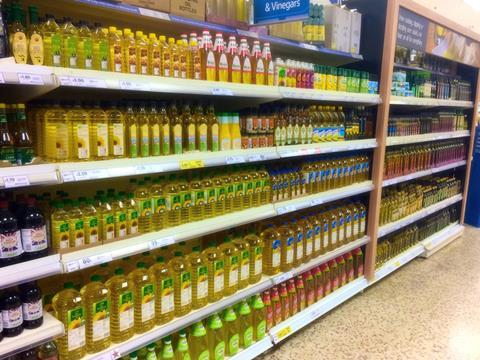
Just three months ago, Tesco UK CEO Matt Davies told a supplier conference that Phase 2 of its Project Reset would be based around innovation from brands.
Either he was throwing a curveball at Wembley Stadium that day, or it will have to wait till Phase 3, because the UK’s biggest retailer has put its own label front and centre of the shelf in its latest strategic play.
Less than six months after Tesco threw down the gauntlet to the discounters with the launch of its own label Farms brands in the fresh and meat categories, The Grocer revealed last week it would be making major layout changes to 900 of its stores. It claimed the changes would transform the shopping trip by bringing together products based on meal occasion rather than category, in a move sources claim has boosted sales by up to 3% in trials to date.
More significant, perhaps, Tesco signalled it would increase its own-label presence by up to 14% on shelves alongside ramping up sections such as free from and health - this time seeking not to replicate the discounters, but to offer something they can’t.
So how significant is Tesco’s self-proclaimed store “revolution”? And can it succeed in driving up sales with an own-brand offering that it last week admitted used to be something of “an apology”?
The strategy involves big changes to Tesco’s layout. New-look stores will pull together products that were previously aisles apart into “cooking zones”, including savoury scratch cooking (canned tomatoes, pulses, herbs and & spices), store cupboard staples (canned veg and meat) convenience cooking (rice, pasta and cooking sauces), and.
First unveiled at its store in Baldock, Hertfordshire, Tesco trialled the revamped layout in “one big hit” in 50 stores last year in a bid to minimise disruption. It promises the new zones will have a “wow factor” for consumers. But not everyone has felt this way. “I was quite underwhelmed,” says one Tesco supplier MD. “I had been led to expect something quite revolutionary. The problem Tesco has faced is the huge potential cost of this exercise, as when you are dealing with macrospace it is extremely disruptive and also labour-intensive. They are making changes at 900 stores and that is going to mean a whole lot of potential disruption and a whole lot of cost. I think we may be looking at something of a compromise measure.”
Even if Tesco has not gone as big with its re-jig as some expected, the layout changes also risk creating “customer chaos and confusion”, warns TCC insights director Bryan Roberts. “There are two things guaranteed to upset shoppers,” he says. “One is their favourite products being delisted and the other is them being moved around so they don’t know where they are.
“In the stores I have been in I have experienced a fair bit of grumbling from customers, which Tesco will obviously be worried about. That’s not been helped by Tesco having cut back on overnight staffing, so much of it has been done during the day. Customers standing there while their favourite cans of tuna are being hauled 40 yards up the store isn’t ideal, although in fairness it has been very good at putting up information boards and markers trying to tell customers where things have been moved to.”
Boosting basket size
But if early chaos is inevitable, is there a long-term logic behind the changes that makes the disruption worthwhile? Shore Capital analyst Clive Black believes there might be.
“Dave Lewis and Matt Davies have been doing quite a lot of heavy lifting on some pretty fundamental issues with Tesco’s stores and its range,” he says. “The first outward-facing phase of this was the launch of the Farms brands and this is a continuation of that work. The phrase ‘common sense’ springs to mind. If they get this right they can clearly get one or two more products in a basket in a shopping trip.”
The supplier MD believes it could prove worthwhile, if the rumoured 3% boost to sales is correct. “It’s not spectacular but for a company Tesco’s size that is a lot of money.”
However, the real key to Tesco’s profit margins lies not so much in successful navigation to the chopped tomatoes - it is the change in the weighting of own label. “Tesco obviously sees a much bigger role for Tesco own brand,” says the supplier source. “I understand this is particularly so in the Express and Metro stores, where there is going to be a huge focus on own label instead of brands. Tesco obviously thinks its own brand gives it a point of difference.”
So is Tesco’s own-label grocery lineup good enough to make it worth the trip around its new-look stores?
TCC’s Roberts believes the improved own brand does hold customer appeal. “I think Tesco was right to tell The Grocer that its in-store support for own label had been a bit of an apology. Now that on-shelf placement isn’t just a direct earner from their suppliers, they have the opportunity to give higher margin own label a chance and like most of their competitors there is a good story to tell. There has been a huge investment in Tesco’s own-label range and much of it is very good quality.”
And Roberts believes the success of Tesco’s layout changes is every bit as important as previous changes in continuing the turnaround.
“I think a lot of Tesco’s initiatives have been immensely important but this is right at the sharp end because it affects the whole shopping experience. I expect there to be a bit of a consumer backlash, at least to start with, so Tesco has to make sure it gets the strategy right.”
Differentiation
Bruno Monteyne, senior analyst at Bernstein, agrees the focus on own label is “extremely important” in making Tesco stand out from the discounters. “Brands are becoming commodities in food retail,” he argues. “Lewis has Brand Guarantee as his weapon when it comes to competing on brands. But the second part of the value equation is how you differentiate with own label. This is about Tesco not just trying to be a brand discounter.”
The success of Sainsbury’s and Waitrose, which have both long had own label at the centre of their strategies, will not be lost on the Tesco boss.
“Sainsbury’s has shown the big supermarkets can do very well with a strategy focused on own label,” says Monteyne. “This is ultimately about making more money for the retailer. The price of branded goods is set by the market and the really top brands are driven by Aldi and Lidl and they are able to set a price that is very low. This way Lewis can make money without having to price match on everything in the store.”
But Shore Capital’s Black warns that the focus on own brand could make Tesco too similar to its discounter rivals, unless it is done correctly.
“What Tesco is doing is clearly another rationalisation of the range,” he says.
“They are obviously trying to get a lower cost base and a lower price. But it’s vital for Tesco that its private label is better, not just cheaper.
“What Tesco can’t become is just a supersized Aldi. It needs a strong private-label range but also the choice that brands bring. Brands, especially in ambient grocery, also tend to be more innovative and Tesco mustn’t lose out on that.”
Pushing private label while keeping the right amount of focus on brands and completely reformatting stores is undoubtedly a challenge. But Lewis’ record as CEO suggests, if anyone is going to make it work, he will. Other elements in the latest stage of Project Reset suggest Tesco is bang on trend with consumer demand. An early pioneer in developing a free-from range, it is upping its free-from range by up to 40% in the makeover, a move which according to one Tesco manager involved in the changes has left customers “getting emotional” in the aisles. Those looking to trim their waistlines also have reasons to be cheerful, with a boosted health line up also including a big emphasis on grain products such as quinoa, brown rice, couscous, bulgur wheat and puy lentils.
“Free From is a very big growth area and Lewis has realised that,” says Black.
“Morrisons have been hugely active in that area for some time as David Potts came in and realised this was the key area where it needed to raise its game. They have been very strong in fresh, chilled and ambient ranges.
“Morrisons have been very innovative and I think Tesco is looking to do the same.”
“These are more common sense moves from Lewis but we still anticipate an awful lot more creativity and front end work to come,” Black adds.
“It’s vital that what Tesco does with these store layouts is truly innovative and creative and it’s not just moving the chairs around the ship.”
Yet a couple of years ago it was precisely whether Tesco was moving the chairs around the Titanic that was the big question which speaks volume for Lewis’ strategy since he took over.
“It’s pretty basic,” says another supplier managing director. Tesco are doing the basics well and they are keeping it simple.”
However, landing the latest in-store changes without causing too much consumer disruption and tempting shoppers away from the discounters, even with its beefed up own label range, will be anything but.



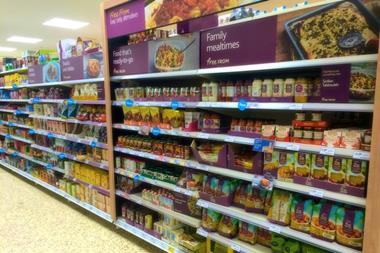
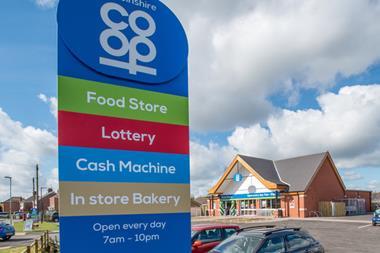
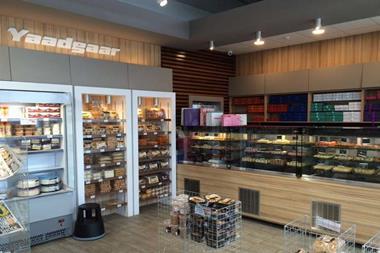
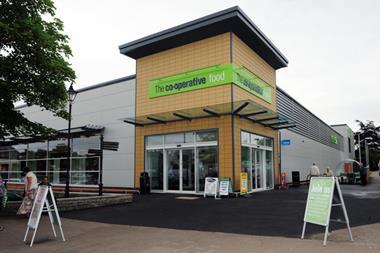
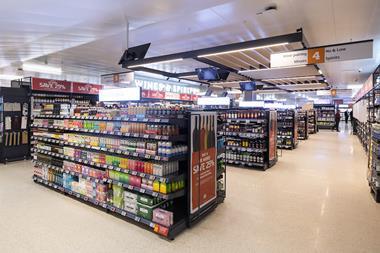

No comments yet